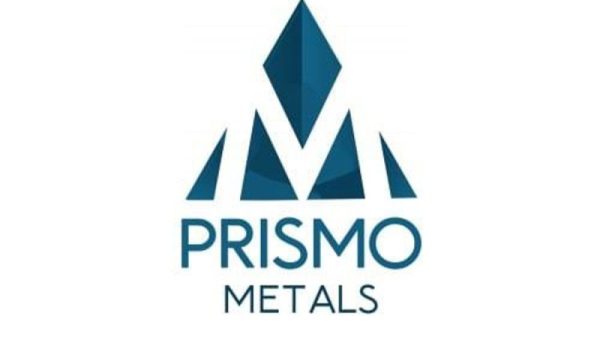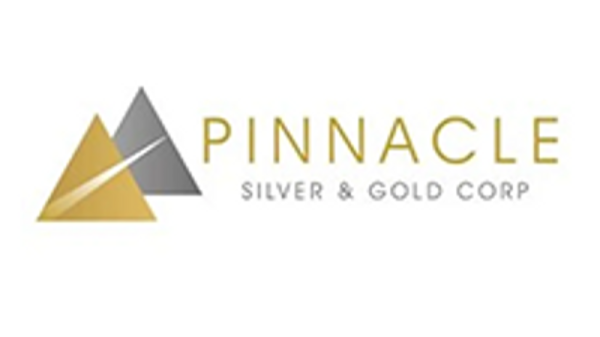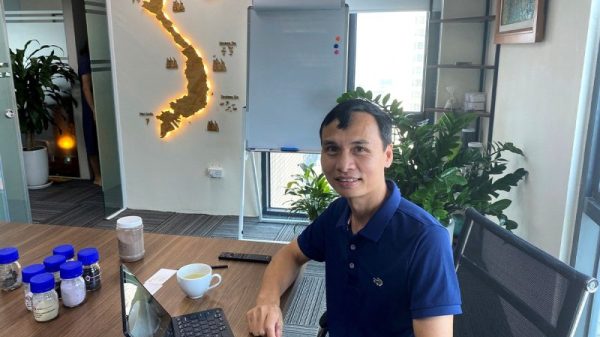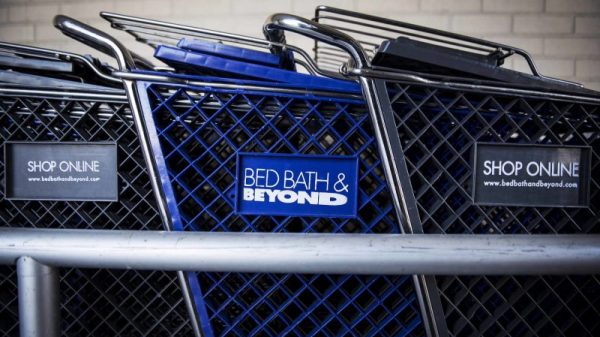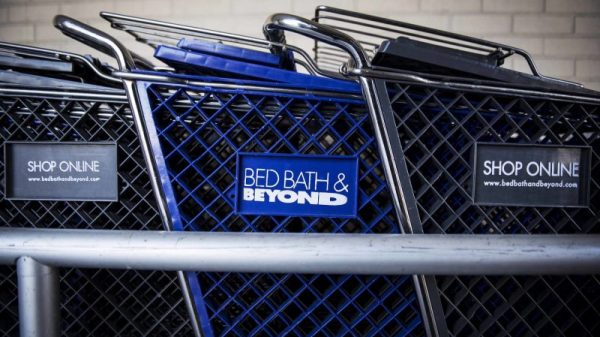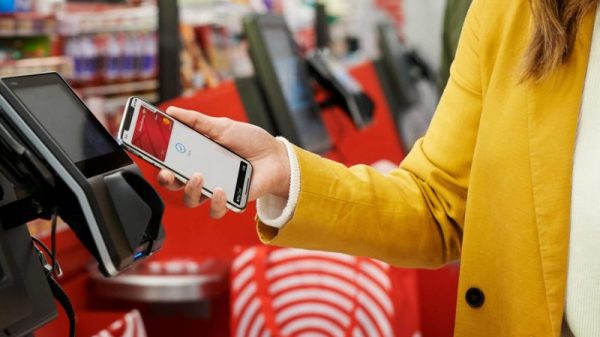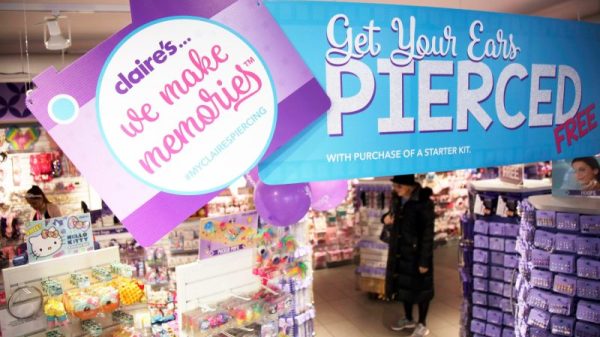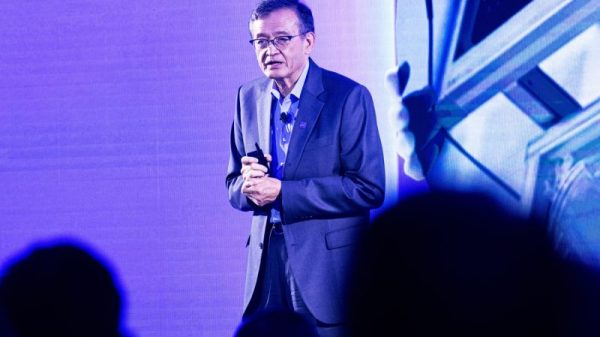A new report from the IoT analyst firm Berg Insight has found that around 33.3 million people in North America were using connected care solutions at the end of 2023.
The figure refers to users of medical alert systems and remote patient monitoring (RPM) solutions in Canada and the US. RPM is the largest segment of the connected care market with a total of 29.9 million users at the end of 2023. The market for medical alert systems is considerably smaller with an estimated total of 5.2 million users. There is an overlap between the market segments as medical alert users can also be equipped with an RPM solution, and vice versa. The market is forecasted to grow at a compound annual growth rate (CAGR) of 11.4 percent during the next five years to reach 57.2 million connected care users by 2028.
RPM solutions comprise connected medical devices and monitoring services that are used for remote management of patients suffering from arrhythmia, asthma, chronic kidney disease, chronic obstructive pulmonary disease, congestive heart failure, coronary artery disease, diabetes, hypertension or obstructive sleep apnea.
The leading use cases for RPM have thus far been sleep therapy monitoring. Patients that suffer from sleep-disordered breathing such as obstructive sleep apnea are typically prescribed an airflow generator, including continuous positive airway pressure, bilevel positive airway pressure and automatic positive airway pressure devices. However, many patients find the devices unpleasant to use and poor compliance is common. Payers are increasingly requiring that patients comply with their treatment plans to be reimbursed for the device which has driven equipment providers to connect the devices.
ResMed is the largest player of connected airflow generators, partly thanks to the company’s decision to include a cellular IoT module as standard in its Air Solutions product family. Philips is the second largest provider. Examples of major players in the RPM segment include Abbott, Accuhealth, Biofourmis, BioTelemetry, Current Health, Lark Health, Medtronic, Omada Health, Omron Healthcare, Optimize Health, Philips, Teladoc Health (Livongo) and Withings.
In the medical alert market, Connect America has emerged as the largest service provider after the acquisition of the Lifeline business from Philips in 2021, and is followed by Lively, Medical Guardian, MobileHelp, Life Alert Emergency Response, ModivCare and ADT. In 2024, Medical Guardian acquired Mobile Help from Advocate Aurora Enterprises bringing their combined active users to over 600,000.
“Both mobile and in-home medical alert systems are popular in North America at the same time as new innovative products enter the market including sensor-based systems and smart lamps for fall detection. Major consumer-oriented technology companies also incorporate PERS features in standard wearables, smart speakers and smartphones”, says Vatsala Raina, IoT Analyst at Berg Insight.
The North American market for connected care solutions is affected by several trends and developments that will have an impact on the competitive landscape during the following years. Changing demographics is driving the demand for home care, while technological developments and regulatory changes affect the competitive landscape for solution vendors. The industry is becoming more patient-centric which calls for integrated systems and improved interoperability of connected care solutions. One example of this development is the on-going convergence of the medical alert and remote patient monitoring markets, where more and more medical alert providers have started to offer remote patient monitoring solutions. This includes integrated solutions that enable a combined delivery of medical alert and remote patent monitoring services. Care providers will start to offer more and more proactive and predictive services, by continuously analysing user data and acting on abnormalities. Such solutions rely on data not only from medical alert devices, but also from other sources such as smart home sensors, healthcare records and connected medical devices.
Mrs Raina concluded:
“Artificial intelligence has made significant progress in these solutions, from disease detection to personalizing treatments analysing large amounts of patient data. Cybersecurity has at the same time become very important and it is clear that more work and investments need to be done to ensure that patients and their data are kept safe also in the future.”
The post Berg Insight says 33 million North Americans used connected care solutions in 2023 appeared first on IoT Business News.

